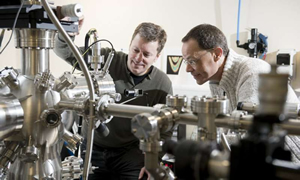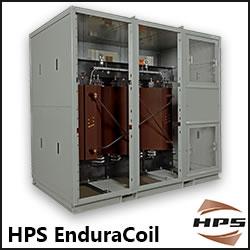Solar power advances possible with new 'double-glazing' device
 Phys.org: A new 'double-glazing' solar power device – which is unlike any existing solar panel and opens up fresh opportunities to develop more advanced photovoltaics – has been invented by University of Warwick researchers.
Phys.org: A new 'double-glazing' solar power device – which is unlike any existing solar panel and opens up fresh opportunities to develop more advanced photovoltaics – has been invented by University of Warwick researchers.
This unique approach, developed by Dr Gavin Bell and Dr Yorck Ramachers from Warwick's Department of Physics, uses gas - rather than vacuum - to transport electrical energy,
The device is essentially a thin double-glazed window. The outer pane is transparent and conducts electricity. The inner window is coated with a special material, which acts a source of electrons under illumination by sunlight – this is called a "photocathode".
The two panes are separated by a safe inert gas, such as argon – exactly as is found in high quality double glazing windows.
When sunlight hits the device, electrons are knocked out of the photocathode and bounce through the gas to the outer pane without being absorbed or lost.
This is totally different to how electrons act in existing solar panels, and opens up the possibility of improving solar power generation methods – whereas improvements in classic photovoltaics are hard to come by.
The electrons are then collected and the electrical energy pumped into the grid. This can be done through a gas-filled gap rather than a vacuum which would be far more cost-effective for any practical device. Full Article:
Comments (0)
This post does not have any comments. Be the first to leave a comment below.
Featured Product

